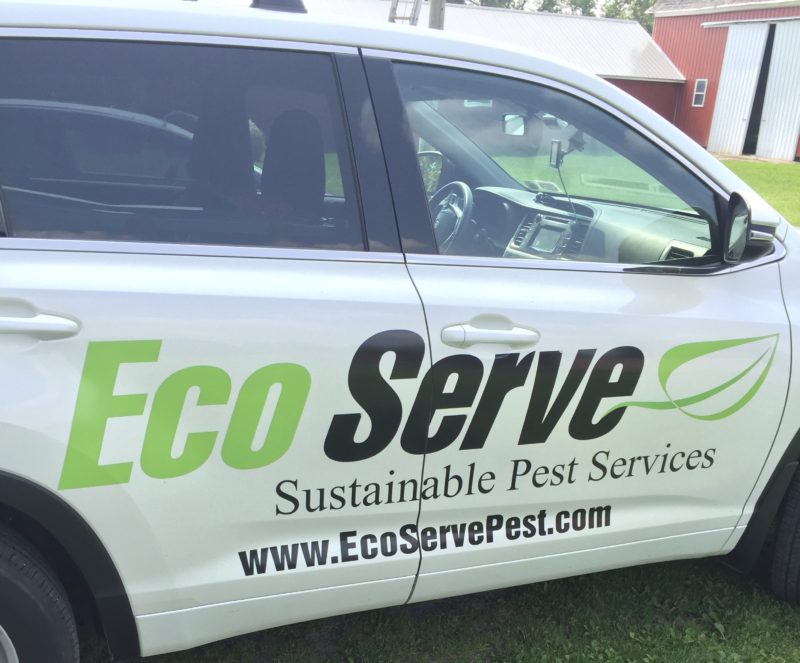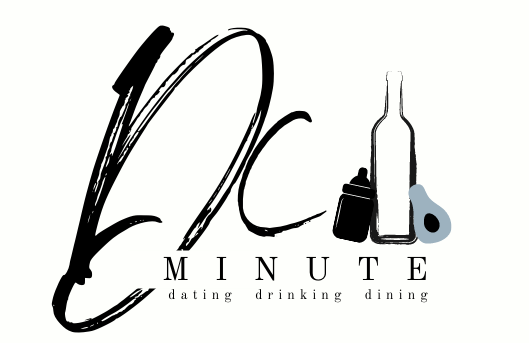Stories From An Old Farmhouse: Name That Noise

When you live in an old farmhouse noises and creatures aren’t uncommon. A couple weeks back, Alix was getting ready for school when she heard some scratching inside an upstairs wall. She called me up, and we both took a listen to what we thought was mice. We’ve seen them in the past and it seemed likely – we were wrong.
Before we learned this, I was already plotting a path to getting rid of the pests. We realized if we knocked on the wall when we started to hear the noise it would temporarily stop. Knocking, not always a good idea.
Just to confirm what we thought we already knew I reached out to a family member. My cousin Audrey has been on the receiving end of several inquiries of ours, and is probably someone many of you should know. She and her husband are the owners of an exterminating company, EcoServe in Western New York. Alix had just returned home and went back upstairs to see if the noise had returned, but this time she realized something else, the wall had a soft spot. Not only that, there was plenty of bee activity outside the adjacent window. As she began telling me what she had found, I was receiving a message back from Audrey informing me what we had just begun to assume, this time it was a bee issue. Not just any bees, but yellow jackets.
Worse off, the soft spot on the wall was the indication that we had a nest being built on the inside and with cold weather ahead they weren’t stopping. Audrey immediately recommended we duct tape cardboard over the soft spot, while doing our best to not push on the area, and she said they’d be out the next day. She also informed us that our old flower wallpaper actually saved us from having over 100 bees in our upstairs.
The next day, her husband Scott was at our house in a full bee suit and ready to take care of the issue. The moral of the story is stay on top of activity in your house, especially if you have an older one like we do. Pests are a way of life, but you can always stay ahead. For those looking to support another locally owned and operated business, consider reaching out to EcoServe.

Next up, drywalling a hole in the wall.




